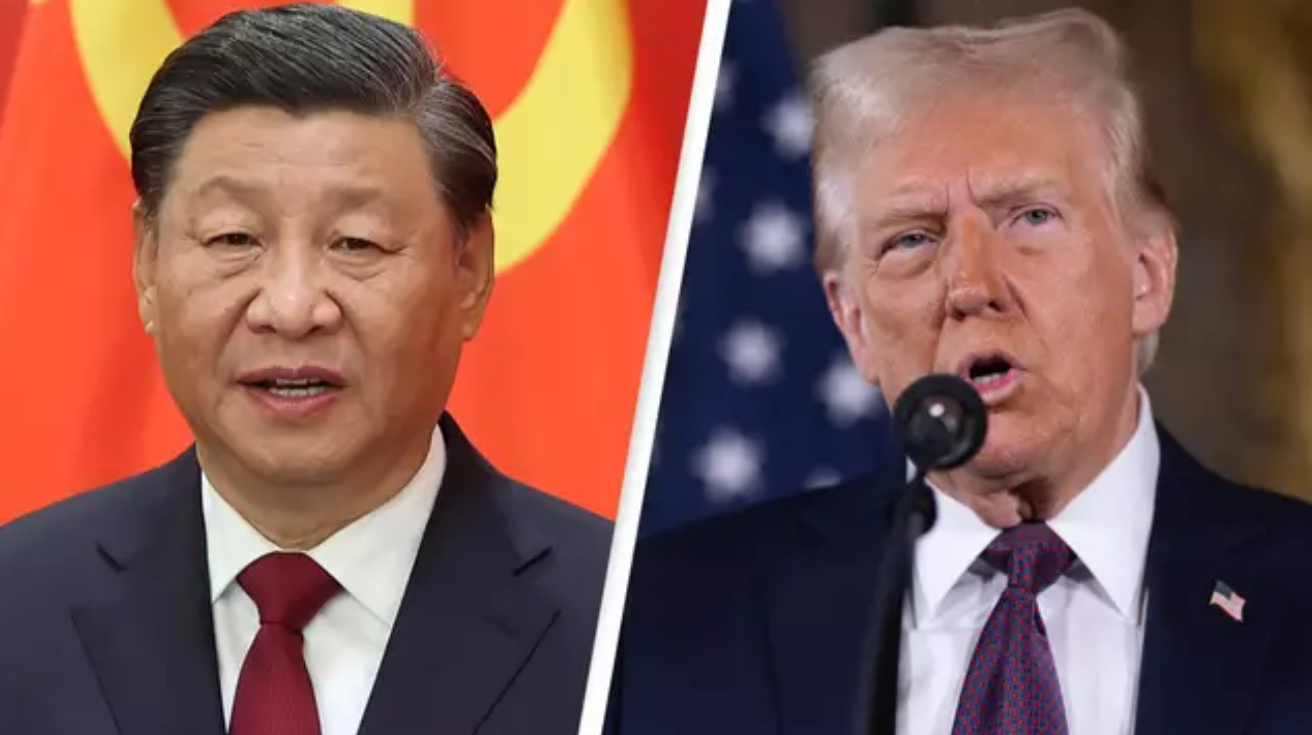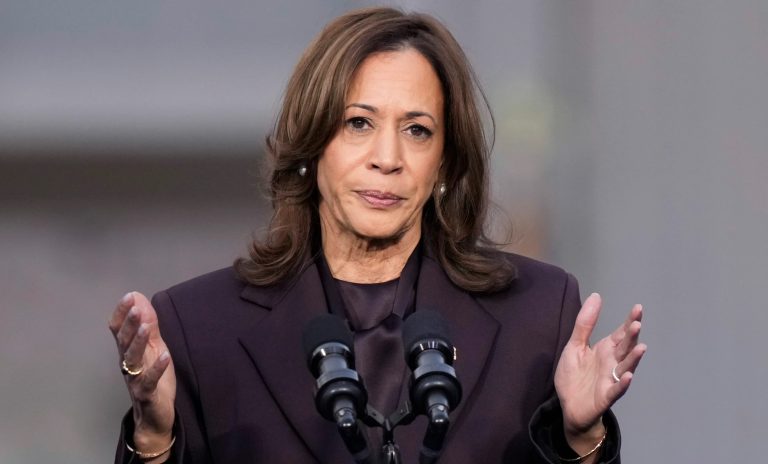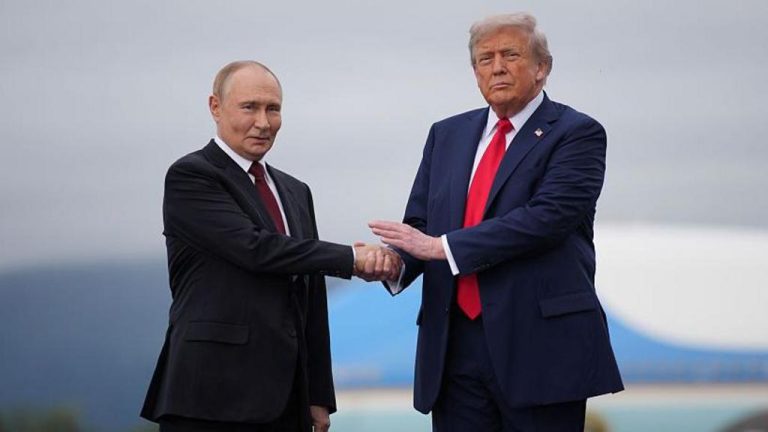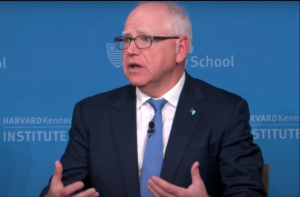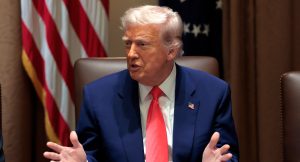In a move that has stirred international debate and prompted stern warnings from global powers, former U.S. President Donald Trump has unveiled an ambitious new missile defense initiative dubbed the “Golden Dome.” The proposed system, with an initial projected cost of $175 billion, aims to place weapons in space to intercept missiles launched from hostile nations—including those potentially deployed from orbit.
Speaking from the Oval Office on May 20, Trump described the Golden Dome as a groundbreaking step toward securing the United States against evolving threats from adversaries such as China and Russia. “This is a leap forward for American defense and global stability,” Trump claimed, expressing his intent to fast-track the development of this space-based shield.
What Is the Golden Dome?
The Golden Dome defense system is designed to intercept missiles at multiple points in their flight path, including prior to launch, during the initial stage of ascent, mid-flight, and just before impact. This multi-tiered approach, according to Trump and U.S. defense planners, would offer an unprecedented level of protection for the U.S. and its allies.
At the heart of the system is a network of satellites, advanced sensors, and kinetic interceptors, some of which would be stationed in Earth’s orbit. These components are expected to detect, track, and neutralize incoming threats before they reach American soil or critical military targets abroad.
General Michael Guetlein, the current vice chief of space operations, has been appointed to lead the development and deployment of the Golden Dome. The project signals a major shift in the U.S. defense posture, taking missile interception from land and sea into the realm of space.
“This program represents our commitment to staying ahead of our enemies and keeping Americans safe through advanced technology,” Trump stated, characterizing the initiative as vital to U.S. national security.
A Price Tag Worth Billions
While the immediate cost of the Golden Dome is set at $175 billion, experts and lawmakers warn that the price could rise dramatically over time. The Congressional Budget Office estimates that the space-based components alone could demand an investment of more than $540 billion over the next two decades.
Trump has already requested an initial $25 billion allocation to get the project off the ground. Defense planners have developed a tiered approach to potential options for the system—ranging from medium to high and extra-high configurations—depending on budget constraints and desired capabilities. These tiers vary in terms of the number of satellites deployed, the complexity of sensors used, and the volume and sophistication of interceptors launched into space.
The sheer scale and ambition of the project has prompted concerns not only about cost but also about the wider implications for global stability and space governance.
China’s Strong Response
The announcement of the Golden Dome has drawn sharp criticism from the Chinese government, which sees the plan as an aggressive and destabilizing move. In a press briefing following the announcement, Chinese Foreign Ministry spokesperson Mao Ning condemned the initiative and warned of its consequences.
Mao emphasized that placing weapons in space introduces serious risks to global peace and increases the likelihood of an arms race beyond Earth’s atmosphere.
“The Golden Dome carries strong offensive implications and represents a significant escalation in the militarization of space,” Mao said. “It undermines the global strategic balance and could trigger a new era of conflict and confrontation in space.”
Mao also accused the United States of pursuing a “U.S.-first” security policy that disregards the legitimate concerns of other nations. “This policy seeks absolute security for the United States at the cost of global stability,” she added.
China called on Washington to halt the development of the Golden Dome and instead engage in multilateral discussions aimed at preventing the militarization of space. “We urge the United States to abandon this dangerous path and return to the principle that security should be shared and inclusive,” Mao concluded.
A History of Space Militarization Concerns
Concerns over the militarization of space are not new. Since the Cold War, both the United States and the former Soviet Union have explored space-based weapons systems, though treaties like the 1967 Outer Space Treaty have largely kept offensive weaponry out of orbit—at least publicly.
However, as space technology has evolved and nations like China and Russia have made significant advancements in missile capabilities and anti-satellite weapons, the U.S. defense community has renewed its focus on securing orbital dominance.
In recent years, China has tested hypersonic glide vehicles and other advanced delivery systems capable of evading traditional missile defenses. Russia, too, has demonstrated an ability to disrupt satellite systems, raising alarms in Western defense circles.
The Golden Dome, according to its proponents, is a necessary response to these advancements. Critics, however, argue that it may provoke further escalation and reduce the chances of future arms control agreements in space.
International Reactions and Political Fallout
The Golden Dome announcement has also sparked debate within the U.S. political landscape. Supporters hail it as a bold and necessary step toward technological superiority and national defense. Opponents, however, worry about the financial burden and the diplomatic fallout.
“Before we commit hundreds of billions of taxpayer dollars, we need to ask ourselves what kind of world we’re creating,” said one unnamed Democratic senator. “Are we making ourselves safer, or are we starting a new kind of arms race that nobody can win?”
NATO allies have largely remained cautious in their responses, with some expressing interest in being included in any cooperative framework the U.S. might propose. Others are reportedly concerned that Trump’s unilateral approach could undermine existing alliances and provoke geopolitical instability.
What Comes Next?
Despite the backlash, Trump appears committed to moving forward with the Golden Dome. The Pentagon is expected to submit detailed proposals to Congress within the next several months, outlining development timelines, contractor involvement, and projected deployment phases.
Meanwhile, China and Russia may take reciprocal measures to advance their own space-defense programs, further escalating tensions and putting pressure on the fragile framework of international space law.
For now, the Golden Dome remains a proposal—but one that could reshape the strategic landscape of the 21st century. As countries grapple with the dual-use nature of space technology and the absence of robust regulatory mechanisms, the world watches closely to see whether the next frontier becomes a zone of peace—or the next battleground.




